
DACIA BIGSTER (2025-)
The DACIA BIGSTER (2025-) is a stylish, practical SUV designed for modern drivers seeking versatility and value. As a family-friendly vehicle, it offers plenty of interior space, making it ideal for daily commutes, school runs, or weekend adventures. With its contemporary design and comfortable ride, the DACIA BIGSTER stands out as an affordable yet reliable choice in the competitive SUV market. Used examples typically cost around £27,209 and have been driven for an average of approximately 85,371 miles, reflecting its durability and suitability for those needing a trusted vehicle for everyday use.
What makes the DACIA BIGSTER (2025-) particularly notable is its balance of affordability, reliability, and practicality, making it a popular pick among first-time buyers, families, or anyone looking for a capable and economical SUV. It often compares favorably to rivals by offering a spacious, well-equipped interior without the premium price tag. Whether you're searching for a dependable family car or a versatile vehicle for city and countryside driving, the DACIA BIGSTER provides an accessible, stylish option that delivers on both functionality and value.

average use
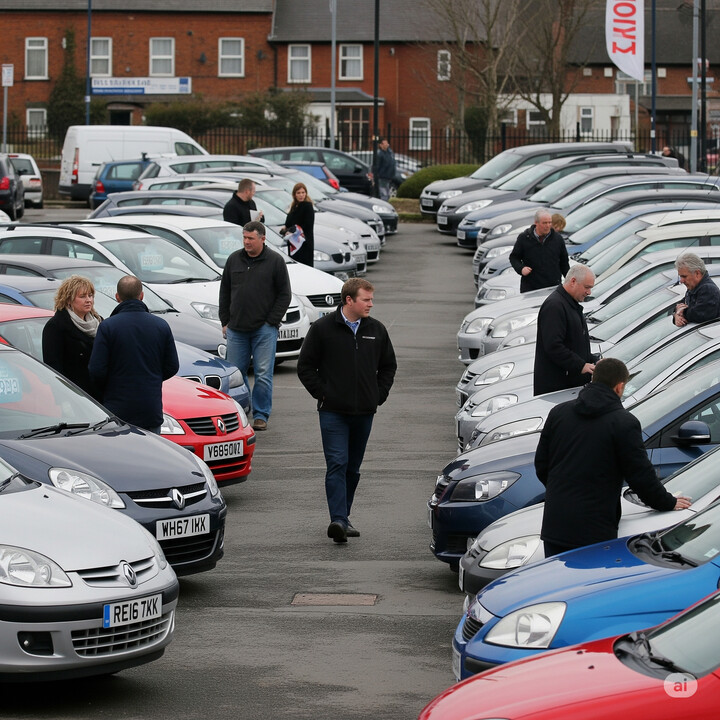
The latest mileage data for the Dacia Bigster (2025-) indicates that the majority of these vehicles, approximately 94.4%, have recorded mileage of 0 to 10,000 miles, suggesting many are relatively new or lightly used. Only a small percentage, around 5.6%, have recorded mileage between 80,000 and 90,000 miles. This distribution highlights that most Dacia Bigster vehicles are likely to be near their initial usage stages, with very few exceeding 80,000 miles.

vehicle values
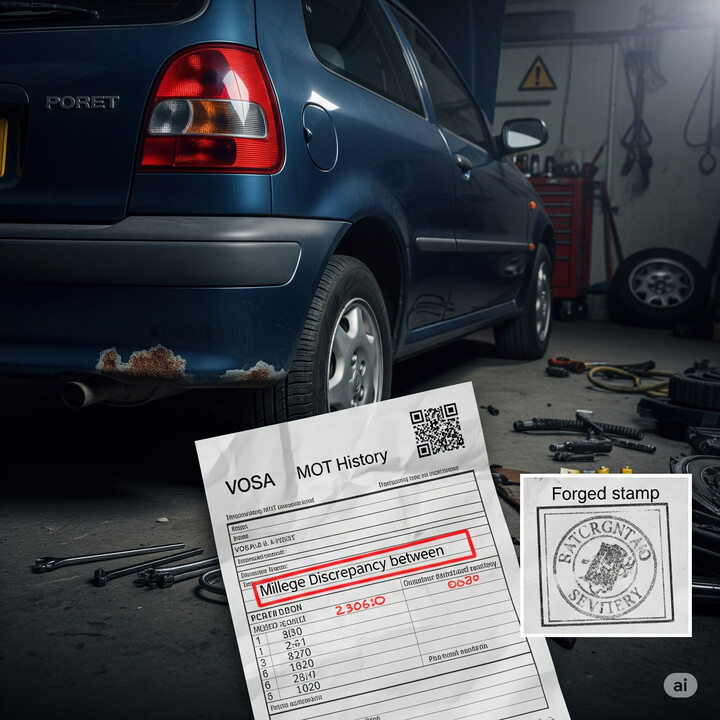
The private sale valuations for the DACIA BIGSTER (2025-) show a wide range of prices, with the highest percentage of valuations (27.8%) falling within the £30,000 to £31,000 bracket. Notably, smaller clusters of valuations are seen around the £25,000 to £28,000 ranges, each representing approximately 5.6% of the data, indicating those are less common price points. A significant portion of the valuations, over 50%, are concentrated between £25,000 and £31,000, suggesting that this vehicle is generally positioned in that upper-mid price bracket during private sales. This distribution highlights how demand and perceived value cluster around the £30,000 mark for this model.

production years
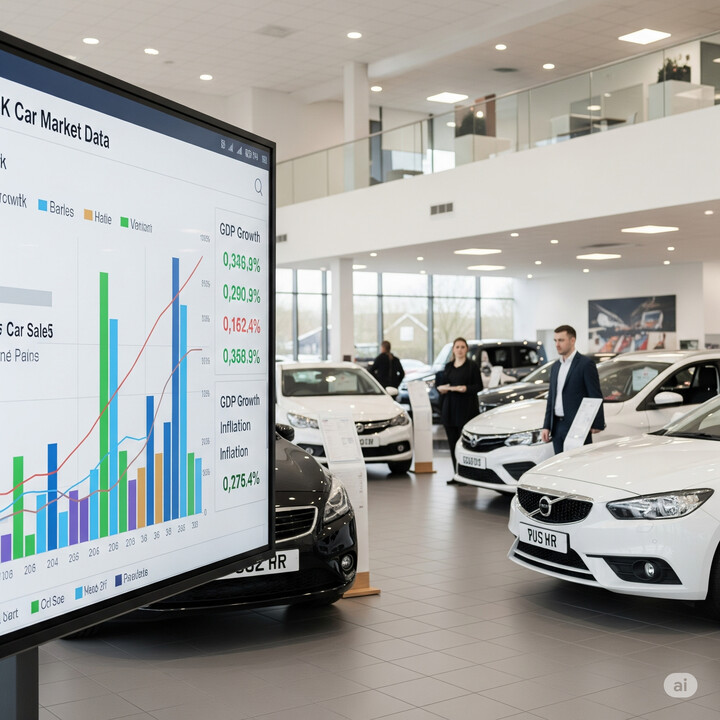
The data indicates that all sampled Dacia Bigster vehicles are manufactured in 2025, with 100% of the vehicles assembled in that year. This suggests that the model is very new on the market or perhaps only available from the 2025 production year onwards, with no earlier models currently in circulation.

colour popularity
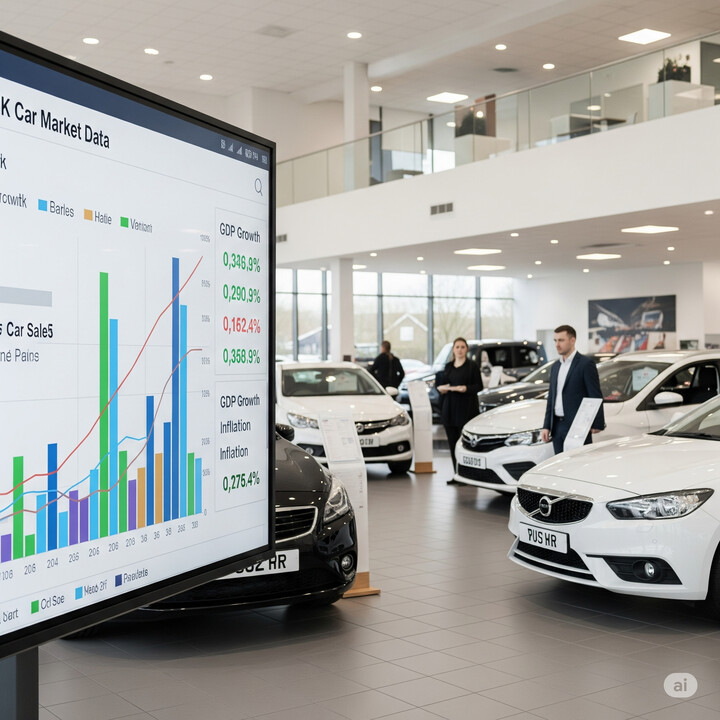
The data indicates that the most common main body paint color for the 2025 Dacia Bigster is Grey, accounting for 50% of the sample. Blue is also quite prevalent at 27.8%, making it the second most popular choice. Green and White are each selected by approximately 11.1% of owners, suggesting these colors are less common but still present. Overall, Grey and Blue dominate the colour preference for this vehicle model.

ownership cycle
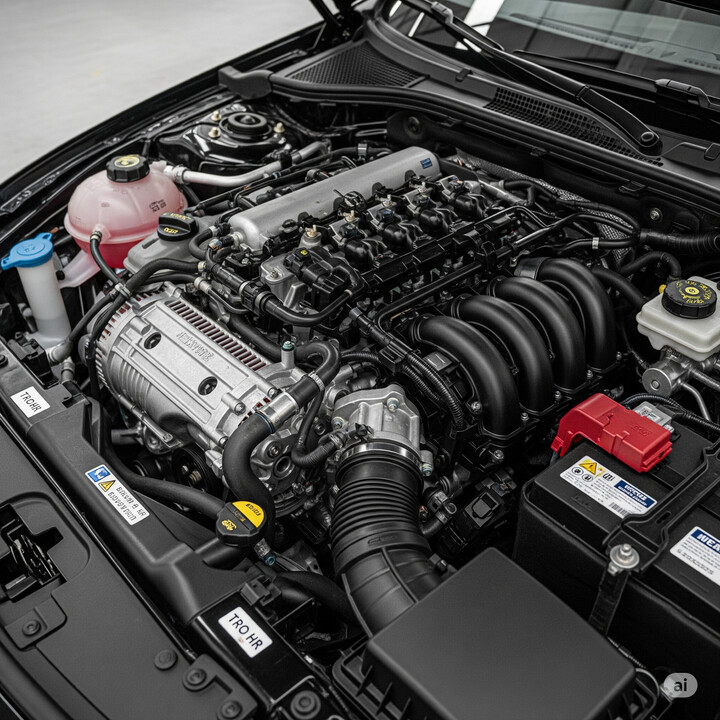
The data indicates that a significant majority of Dacia Bigster vehicles registered from 2025 onwards have had only one registered keeper, accounting for approximately 77.8%. Additionally, around 16.7% of these vehicles have no recorded registered keepers, which could suggest data gaps or recent vehicle registrations not yet assigned a keeper. Only a small proportion, about 5.6%, have had two registered keepers, implying low levels of vehicle turnover among this sample. Overall, the data suggests these vehicles are generally kept by a single owner shortly after registration.

engine choices

The data for the Dacia Bigster (2025-) indicates a diverse engine and fuel profile. A majority of vehicles (55.6%) are equipped with 1793cc engines, while 44.4% feature 1199cc engines. In terms of fuel types, hybrid electric models dominate, accounting for 50% of the fleet, followed by petrol at 44.4%, and a small segment (5.6%) combining petrol and electric. This suggests that hybrid technology is a significant focus for the Bigster, reflecting a trend towards more environmentally friendly powertrains, while smaller engine options are also prevalent.












